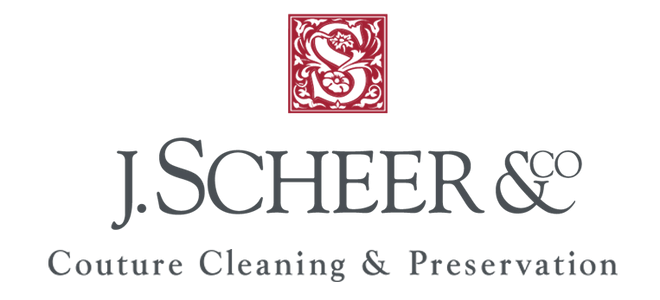Private Collection Advisory Services
- Documentation
- Provenance Research
- Condition Assessment
- Care and Storage Recommendations
As evidenced by the popularity of recent fashion exhibitions mounted at the Met, the V&A, and museums across the world, collectors, fashion editors, and even auction houses are recognizing the compelling importance and value of modern couture as objects of collectible art. With this appreciation comes the awareness that there is great benefit in using the most advanced techniques of textile conservation and preservation to promote the long term care of these collections. At J. Scheer & Co. we combine years of professional hands on conservation experience with ongoing training in new techniques and applications to provide our clients with the highest standards in costume care.
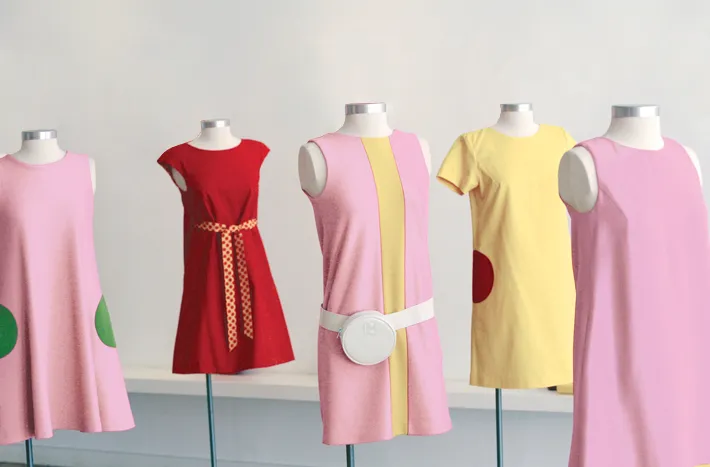
Objects made of organic material are perishable and require special treatment. Serious damage to textiles can be caused by improper methods of cleaning, storing, repairing, use, or display. Our firm has contributed its expertise in conservation cleaning and preservation treatments to museum collections around the world including the Costume Institute at the Metropolitan Museum of Art, the Musee des Arts Decoratifs at the Louvre in Paris and the Whitney Museum of American Art in New York. Our application of museum conservation standards is reflected in the methods we use to inspect, repair, clean, and prepare garment collections for safe and accessible long term storage. Our respect for the delicacy of fine fabric, for the craftsmanship of construction, for the art of design, and for the value of these garments ensures that your collection will receive the most advanced, most appropriate care.
SERVICES OFFERED INCLUDE
Collection Survey / Inventory
At J. Scheer & Co. we utilize museum based protocols to repair, clean, and prepare garment collections for long term storage. Our Care of Collections team provides the following services:
- Each separate piece is assigned an accession number.
- Permanent tags with accession numbers can be sewn unobtrusively into garments themselves (if desired).
- A record will be made, paper copy and/or digital record, of each piece or ensemble. These records will include: a. The accession number b. High quality color images of the object c. A detailed description and any identifying markers such as designer labels d. Provenance and history of exhibition e. An initial condition report that we will provide upon inspection of the object (see Condition Report section) f. Any known treatments that the object has undergone previously g. Recommendations for treatments by J. Scheer & Co. (see Treatments section) h. Results of treatments (if applicable) i. Recommendations for proper storage of each object (see Storage section)
- All records are organized into a digital and/or physical database for the client to access at any time.
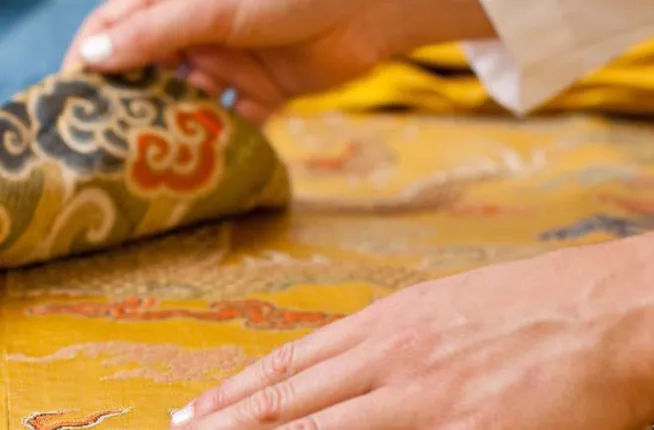
Condition Report
A condition report will be created for each garment or accessory to document the initial condition upon our inspection of the piece. This report will include:
- A description of each object
- Strength or weakness of overall fabric and construction
- Any damage to the object such as tears, stains, insect activity, or mildew
- Measurements of each piece
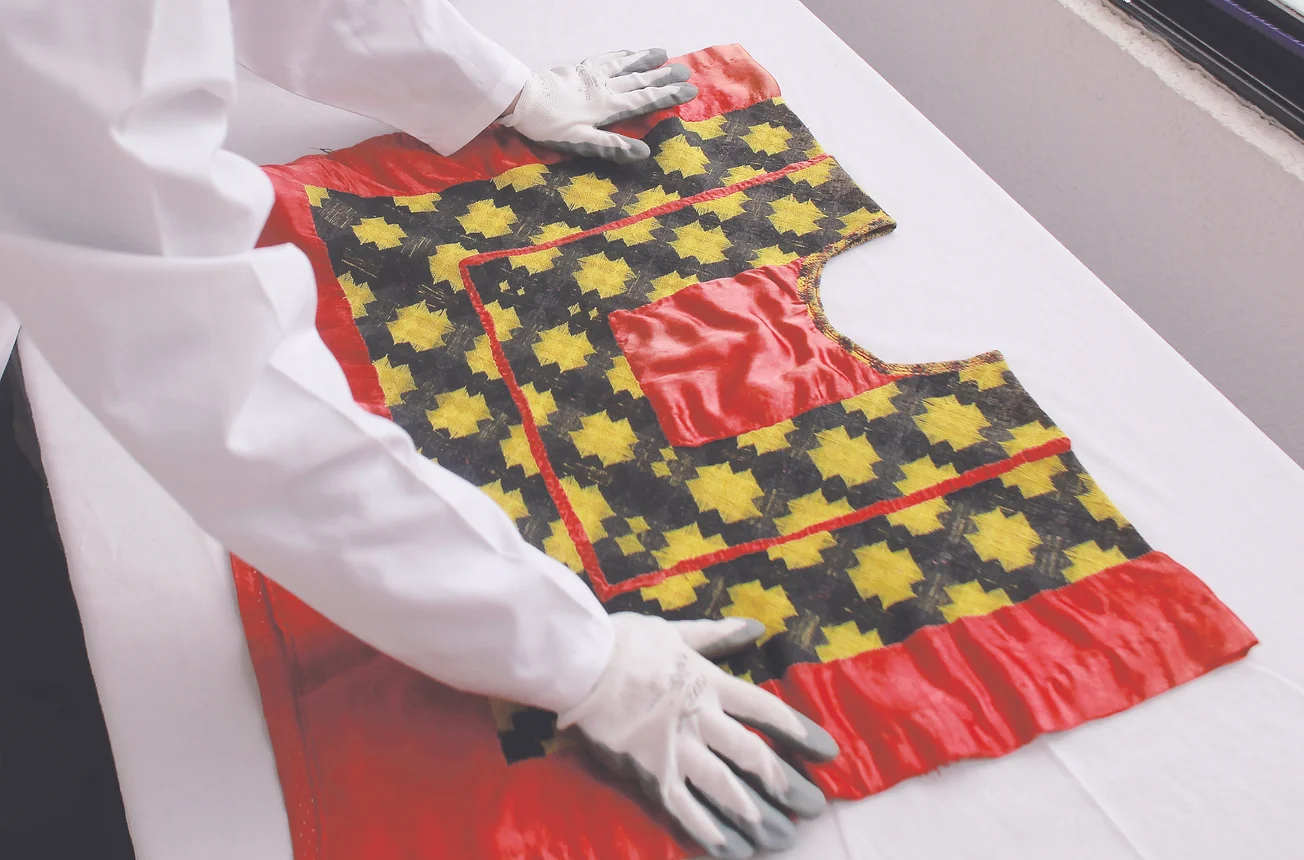
Treatments
Once the condition of each garment or accessory is recorded, we will recommend and implement a treatment plan for each object, if needed. All treatments are done by hand and are executed by our staff of trained conservators. Treatments for the conservation of textiles include:
- Mending tears and holes with high quality archival materials
- Repairing missing/damaged embellishments such as beading, sequins, rhinestones, etc.
- Stabilizing areas that are too delicate for repair to prevent further damage
- Delicate hand cleaning of fabric objects
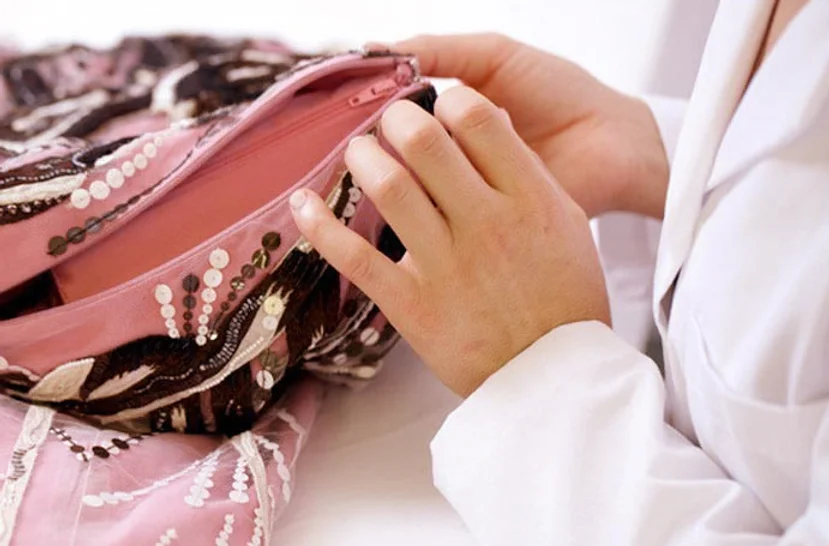
Storage
J. Scheer & Co. will also provide recommendations for proper storage of each piece. All objects are prepared for storage using certified archival materials. Different types of storage include:
- Flat storage – Best for garments and accessories that are too delicate to be stored on hangers. With flat storage your garments and accessories will be preserved with museum quality materials and methods.
- Objects are stored with as few folds as possible to prevent permanent creasing. Additionally, all necessary folds will be padded with acid free tissue
- Objects are packed with Abaca. Made from the fibers of the Abaca plant this very fine tissue is the softest acid free natural fiber paper available
- Objects are surrounded by sheets of a breathable spun microfiber. It is flame, moisture, and insect resistant. Often used in garments made for fire fighters, this textile is very strong and protective but also flexible and gentle enough to use in the preservation of delicate textiles
- Objects are placed in chemically inert conservation boxes. These boxes are ideal for the storage of textiles because they do not absorb moisture and will not support the growth of mold or mildew
- Hanging storage – Best for garments strong enough to support their own weight. Hanging objects are stored on padded hangers to reduce strain on the fabric, and are covered with a muslin garment bag.
- Rolled storage – Best for rugs, blankets, quilts, and uncut lengths of fabric. Rolling these objects eliminates creases that can become permanent when folded. Textiles are rolled around an acid-free tube covered in acid free tissue. Once rolled, the textile is wrapped in another layer of acid free tissue and is tied in place with twill tape. We will provide white cotton conservators gloves to be used for any future handling of objects
